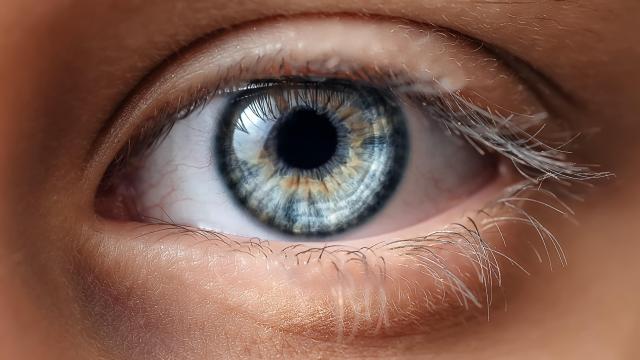Doctors made medical history by successfully transplanting a whole eye. The donated eye has reportedly survived inside the patient for six months with no major issues so far and shows signs of good health. At this point, however, the patient has not regained any functional sight as a result.
A surgical team at NYU Langone Health carried out the procedure in May, as first reported by Reuters. The team originally set to perform a partial face transplant on 46-year-old Aaron James, a military veteran who suffered a high-voltage electrical accident at work that injured much of the left side of his body and face, including his eye. They then decided to try grafting an entire eyeball as part of this surgery, mainly for cosmetic purposes.

Currently, only the cornea—the frontmost, transparent layer of the eye—can be transplanted as a functional replacement for a damaged or diseased one. The team’s primary objective of this procedure was only to show that it was possible to attach an entire donated eyeball to a recipient’s body and have it survive long-term. That said, they did try to improve the odds of the eye communicating with James’ brain through his optic nerves (a prerequisite for sight) by injecting the donor’s harvested stem cells into the optic nerve at the same time. The surgery took 21 hours to complete.
“If some form of vision restoration occurred, it would be wonderful, but… the goal was for us to perform the technical operation,” lead surgeon Eduardo Rodriguez told Reuters.
So far, the organ does seem to be staying alive and well six months later. The team detected well-functioning blood vessels supplying the eye and a “promising-looking retina,” according to Reuters. But James has not reported any sight in the eye, and the team hasn’t spotted any communication between the eye and his brain.
It’s still possible that some eyesight could be restored, Rodriguez says, and the team plans to keep monitoring James’ progress. But even if it doesn’t, the lessons learned from this transplant could very well lead to new breakthroughs. The team also believes that it’s possible to someday combine the procedure with other emerging technologies intended to restore vision, such as electronic implants that mimic how optic nerve cells talk to the brain. And James himself appears to be grateful for having gone through the transplant.
“I told them, ‘Even if I can’t see… maybe at least you all can learn something to help the next person.’ That’s how you get started,” James told Reuters. “Hopefully this opens up a new path.”
